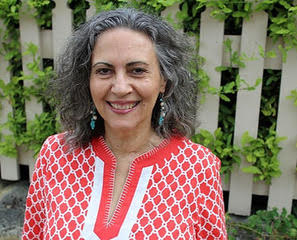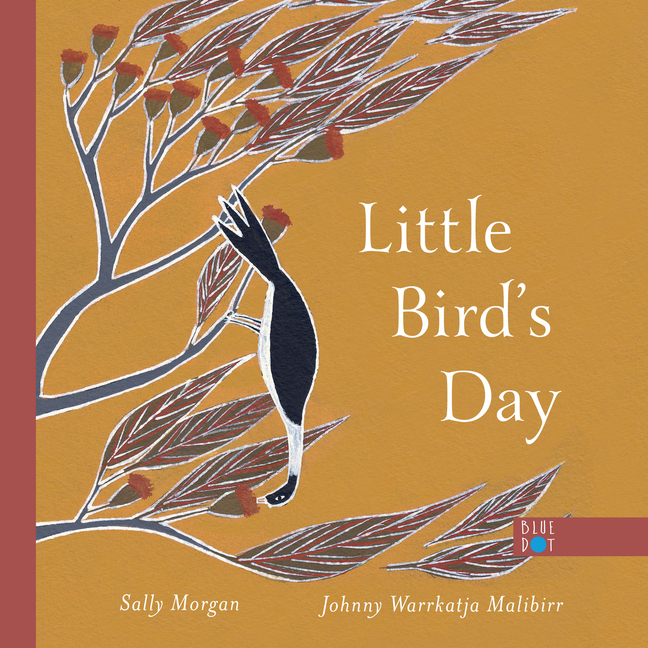Indigenous Guidance for the Children Who Will Inherit Our Earth
By Sally Morgan
My writing career began when I uncovered my family’s Australian Aboriginal Palyku ancestry, as an adult in the 1980s, and wrote and published a memoir about that. Since then, I’ve written children’s books, exploring not only family webs but the webs that connect our whole environment.
My work as the director at the Centre for Indigenous History and the Arts inspired this writing track. For fourteen years, I was involved with a lot of community projects that encouraged people, especially the Elders in the community, to tell their stories. When I retired, I asked myself what I would regret if I suddenly passed away; the two regrets that came to me were that I felt I hadn’t done enough to contribute to the lives of children or to help people think about the natural world and why it was important to care for the earth.
These two things came together in writing books for children that featured Australian animals. This is also why I wrote The Last Dance (Little Hare Books, 2020), a picture book about endangered species in Australia. Also, at that time, teachers were telling me there weren’t enough children’s books in our schools written by Indigenous authors, and could I write some? Children need to see themselves reflected in the world in a positive way and to understand they can aspire to be anything they want to be. I’ve also been strongly involved in promoting literacy, especially for Indigenous children, and in mentoring young aspiring writers.
As a writer of picture books, I am also keenly aware of the importance of sharing the work of Indigenous artists. I wrote Little Bird’s Day (Blue Dot Kids, 2021) to be illustrated by the winner of the inaugural biennial Kestin Indigenous Illustrator Award. That’s how Johnny Warrkatja Malibirr, who won, and I came to collaborate. Johnny is an amazing artist. For the illustrations, Johnny chose a bird and images from his homeland. (There’s a video of Johnny reading the book and talking about his pictures.)
Johnny and I live about 4,000 kilometers [about 2,500 miles] apart, so we’ve never met, but it’s a partnership that works. We released another book this year called The River (Magabala, 2021), and there are two other books I’ve written that Johnny is illustrating. One is a counting book, the other a book about being grateful for the rain. I think Johnny will write and illustrate his own stories one day, but until then, we’ve got a great partnership going. The best thing about working together is being able to positively adapt. For example, in our second book, The River, I changed some of the initial text after feedback from Johnny, so a couple of the images better suited his homeland.
I relate to how Johnny approaches his art. My writing about nature developed from my youthful exploration of my own local environment. When I was a child in the 1950s, my family lived in public housing in a suburb where there was still a lot of bush [Australia’s natural, undeveloped area]. This was near the Canning River; a creek ran off the river near the back of our house, and this was my favorite place to be. I spent hours there watching the birds and other animals, but the birds were a particular favorite of mine because they’re so curious, intelligent, and full of character. The time I spent there gave me a deep love and respect for the natural world. All that bush has been demolished now and the creek filled in for housing redevelopment, but I’ve never forgotten how it used to be and how much I loved it. The story Little Bird’s Day came from those childhood memories. I hope readers will be inspired to think about the natural world, be more aware of the life around them, and act to care for other beings, like Little Bird, who we share this planet with.
We create the future our children and grandchildren will live in. The choices we make ripple into the future. What we stand up for, what we prioritize, what we believe in creates the world our descendants will inherit. I have three grandchildren, aged three years, two years, and one year. I want them to inherit a brighter, more just world than the one we presently have. A world that stops objectifying Mother Earth as a source of profit, a kinder, more equitable world, a world where all beings on this planet have the right to nurture, balance, safety, and a sustainable future.
Text and images are courtesy of Sally Morgan and may not be used without expressed written consent.



Leave a Reply